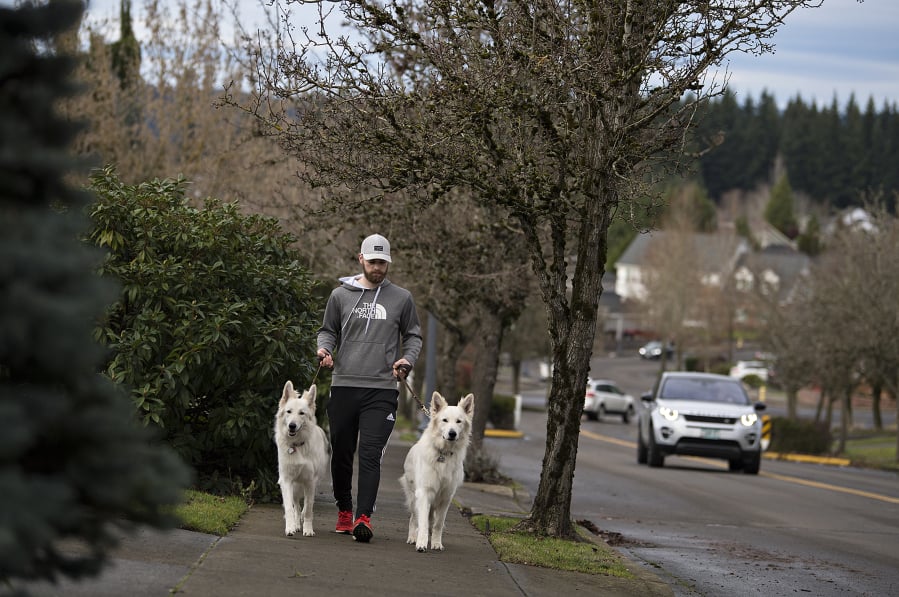Camas’ Prune Hill area has large houses on sidewalk-lined streets. It’s home to trails, parks and Lacamas Athletic Club, and its inhabitants are generally wealthy, educated homeowners.
So, this may be no surprise: Prune Hill has the highest life expectancy of anywhere in Clark County. On average a person residing there can expect to live 85.3 years, according to recently released estimates from the National Center for Health Statistics.
Aside from her student days at the University of Washington in Seattle, Nan Henriksen, who’s 77, has lived in Camas her entire life. She said Camas’ green spaces, trails and proximity to the Columbia River Gorge National Scenic Area encourage people to be active outside. When she was mayor in the 1980s and early 1990s, the Camas City Council focused on ways to preserve and improve quality of life while also trying to attract businesses to its industrial park.
“I think you’d be hard-pressed to find a community that has more convenient trails,” Henriksen said, adding that green space is important for psychological and physical health.




